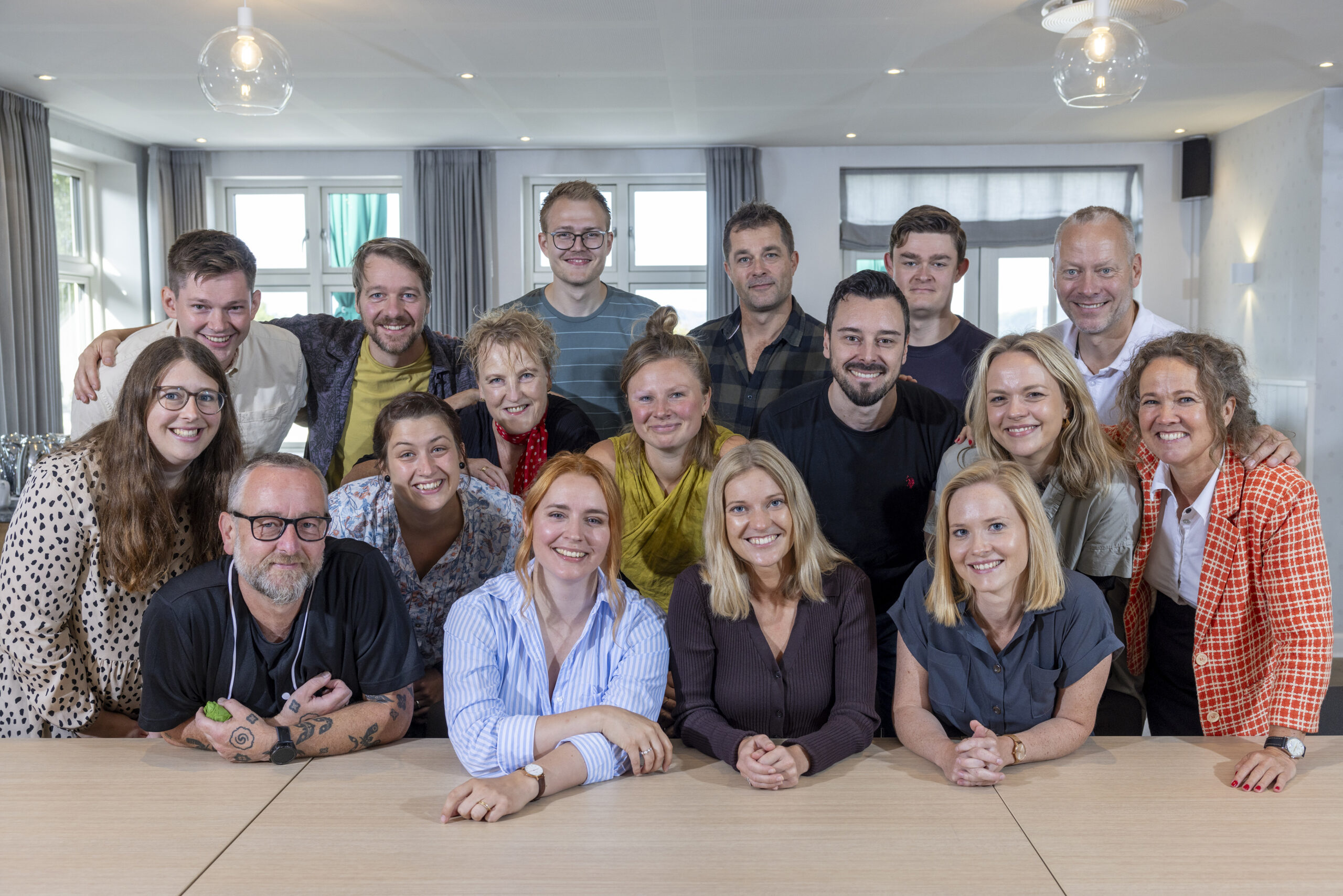Project BRUS: Difficult to sit on your hands!
Breaking the taboo on drug-born families
Most importantly, project BRUS helps adolescens to break the taboo on alcohol or drugs in their families. BRUS does this by articulating adolescens experiences, either through physical meetings or through anonymous chat counselling. BRUS would also like to help break the taboo with parents, if needed. Liability arrangement is part of BRUS’ work on taboos and articulating adolescens experiences, since quite a few of them assume way too much responsibility. BRUS allows adolescens to let go of a responsibility which is not theirs in the first place, and instead, allowing them to focus on their own needs. Elisa Baunsgaard, treatment provider at BRUS, explains that a lot of adolescens she encounters in her work, find it hard to feel their own emotions:
”We help young people notice how they feel so that they become aware of their own boundaries as well as getting a sense of their own responsibility. We empower them to act by making them agents of their own lives.”
The chat counselling is reaching a broader target group of adolescens
Although digital counselling is still rather new at BRUS, there is no doubt about the many benefits. Through a digital chat, BRUS may reach a broader target group of adolescens who need adult contact. It may be adolescens who do not trust the treatment system and who would never enter a physical practice, but through chatting they might regain their in professional help – and more importantly, that someone wants to help them. Likewise, the chatroom gives them an opportunity to practice saying things aloud in an anonymous and casual room where they, safely, can see how their words are responded to by other people.
The chatroom is also a flexible tool that makes a process possible for adolescens who find it difficult to make time for BRUS in their daily opening hours, or who live far away from the physical location of BRUS. This way, the chat counselling can help maintain and motivate adolescens in-between the physical conversations.
Chatting with someone you cannot see, nor hear
Regarding challenges, Elisa Baunsgaard does not hide the fact that there are certain challenges associated with the chat counselling as a tool: “I’m used to working with physical attendance and contact where I can read adolescens and balance myself to the one I’m in a dialogue with face to face. So, personally and professionally, it’s a challenge chatting with someone you can’t see or hear. There’s no mimic.” Elisa also mentions that it is new to her to “sit on her hands,” that is, listening to adolescens stories and experiences without going directly to solutions or action plans. As a social worker and a treatment provider, Elisa Bundgaard is used to take action, for example, calling an adolescens family or school teachers. Chat counselling is different, and she acknowledges that it requires some effort of adjustment.
Maintaining anonymity despite recognising a young person in a chatroom, is also a challenge. As a starting point, all chat sessions must be considered unique, so someone may tell their story again and again and thus, practice articulating something that is difficult. At times, this is challenging for treatment providers who usually have the opportunity to follow up on the content from conversation to conversation. In this connection, BRUS have chosen to show their first names in the chatroom in order that a young person have the option of choosing to continue a previous conversation with the same treatment provider, or instead, “wiping the board clear” each time.
The chat counselling’s future in project BRUS
BRUS has already some suggestions regarding their chat counselling in the future. Among others, it may be used as a shelter for adolescens who no longer are a part of project BRUS, but still need someone to talk to. This could be done by making adolescens appoint a specific time for a chat or by using the weekly open BRUS chat. Such a shelter could be used for both individual sessions and group sessions. The chat counselling as a shelter could also be used for adolescens who have had to opt out of a physical process at BRUS due to, for example, relocation or a post-school stay. Thus, they could continue their process via chat conversations and have a proper closure.
Please get in touch with Signe Sandfeld Hansen if you would like to know more about BRUS’ use of their chat counselling.]]>



Hvis du vil sætte et par ord på din feedback, vil det hjælpe os rigtig meget til at forbedre vores indhold.